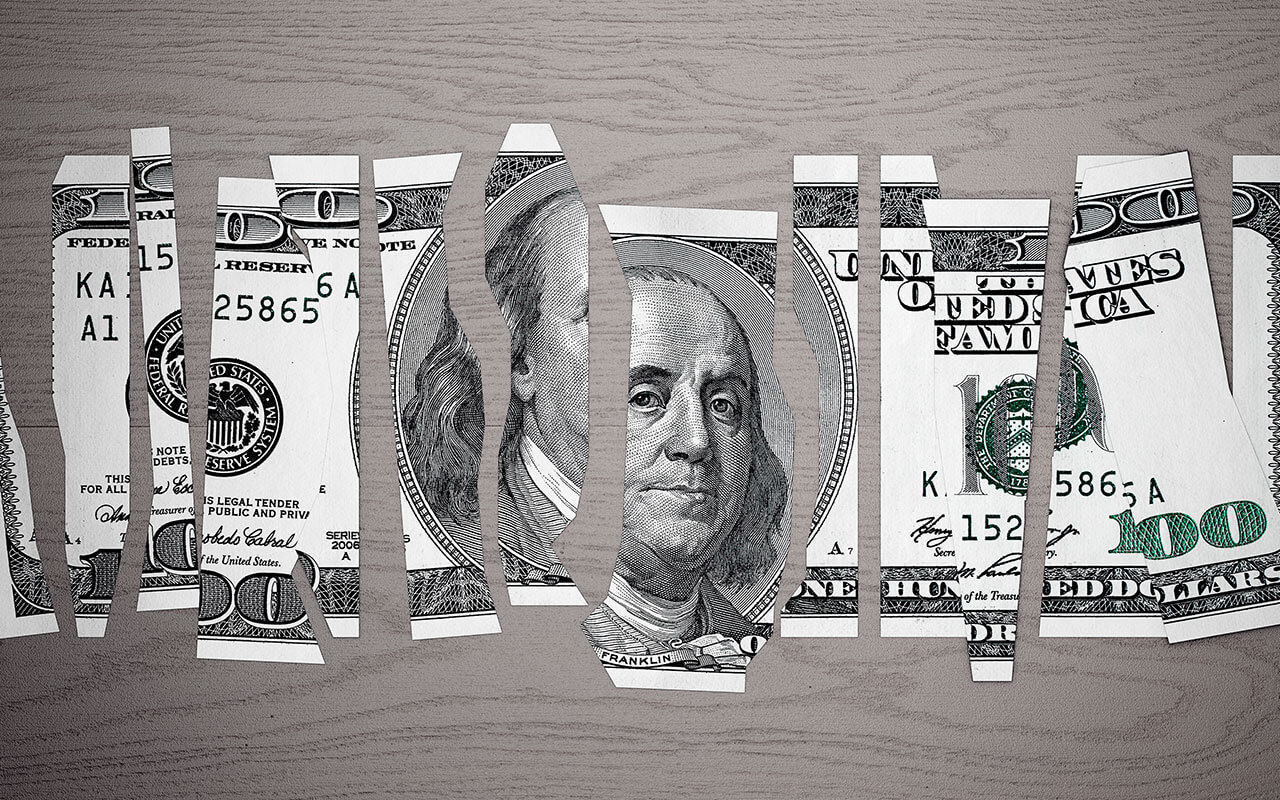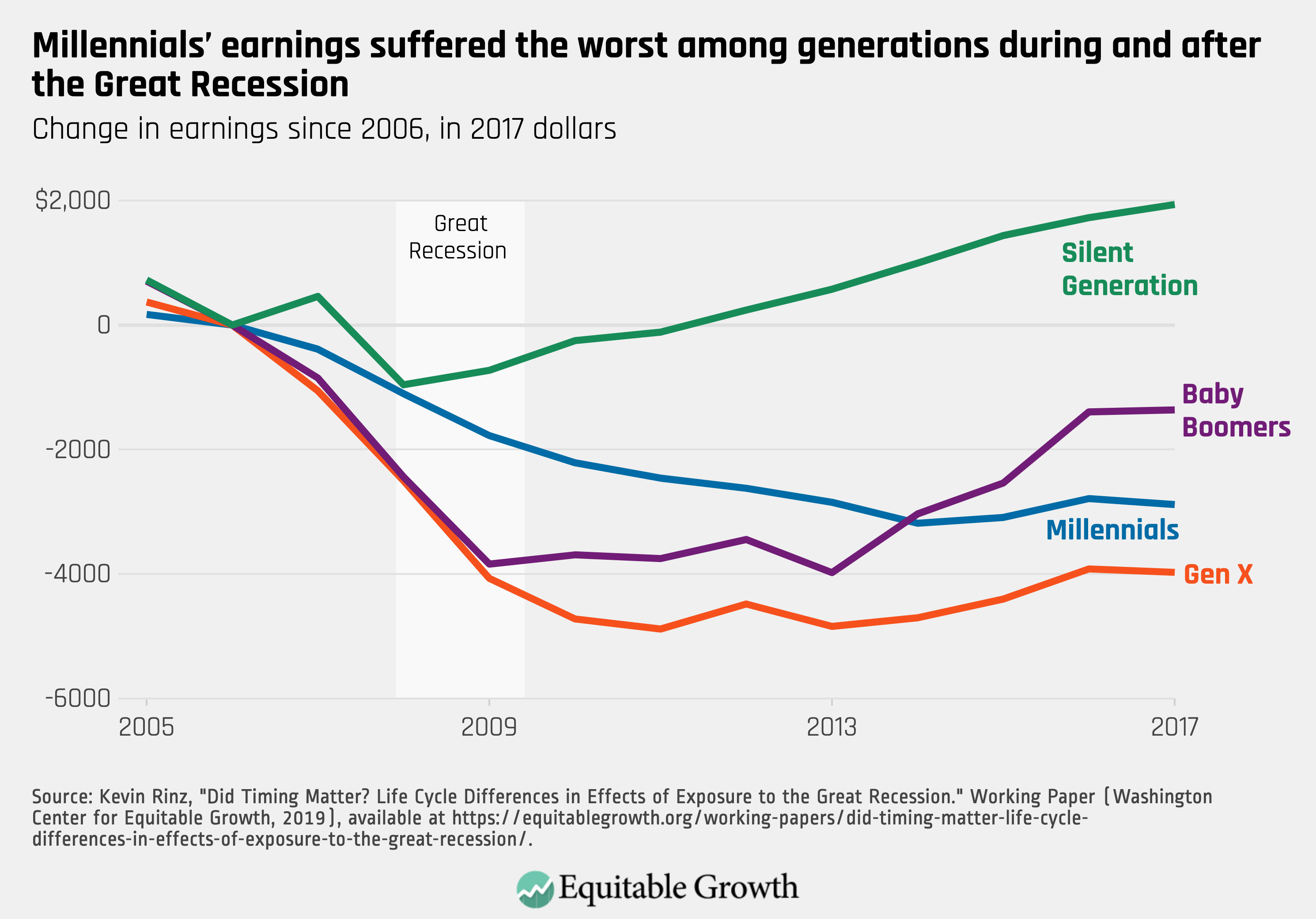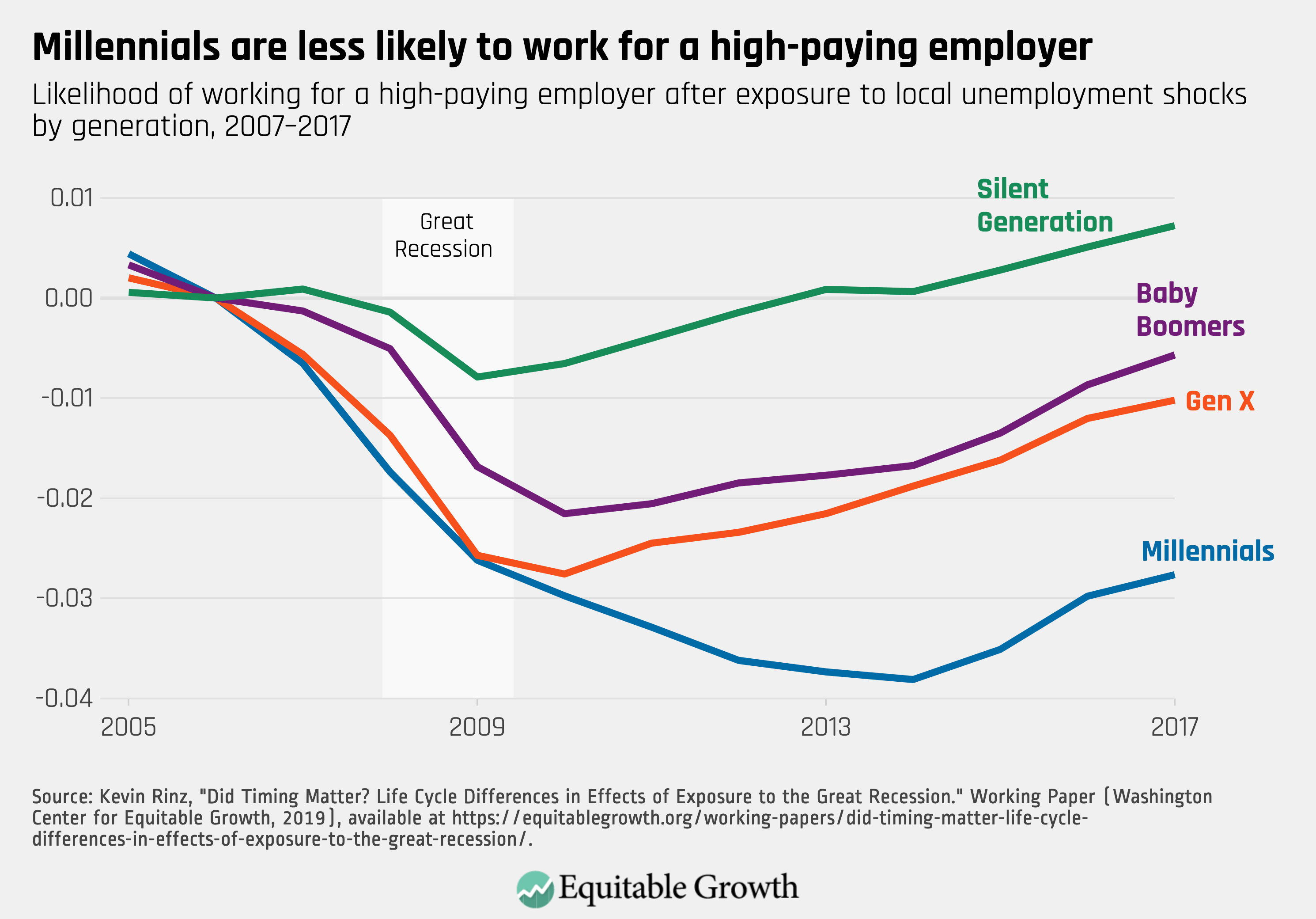http://jaredbernsteinblog.com/the-tip-of-the-wave-jobs-report-shows-large-losses-but-predates-the-worst-of-it/
Payrolls fell by 701,000 in March, their first monthly decline in almost 10 years, and the jobless rate ticked up to 4.4 percent (from 3.5) as the coronavirus and efforts to contain it pounded the U.S. labor market last month. Because of the timing in the surveys in this report, it only picks up the front end of tsunami of layoffs that occurred in the second half of March, when initial claims for Unemployment Insurance rose by almost 10 million, an increase most economists would have considered inconceivable before this crisis. But the report clearly identifies the tip of the wave.
The surveys were fielded in the middle of March, and thus better reflect conditions in the first half of the month, when containment measures were just taking hold. Commerce, travel, and broad consumer activity was slowing but hadn't shut down as they would in March's second half. Even so, the report is far more negative than recent vintages, and shows how remarkably quickly conditions have reversed in the job market.
For example, the 0.9 point increase in the jobless rate was the largest one-month increase since 1975; the 1.7 point increase in the underemployment rate, to 8.7 percent, is the largest increase on record since this measure was introduced in 1994. The Bureau reports that the "bulk of the increase in unemployment occurred among people on temporary layoff, which increased 1.0 million in March to 1.8 million." Measures of labor market participation also fell sharply, a clear reflection of the reversal in labor demand. This shift is especially disheartening as prior to the virus, the tight job market was pulling typically left-behind workers into the job market. Such gains are quickly unraveling, a point I return to below.
As readers know, we typically feature our jobs smoother which averages monthly payroll changes over 3, 6, and 12 month windows in order to pull out the underlying signal. We print the smoother below, but it too is less informative this month, since a backwards looking average by definition downplays the sharp shift in trend that occurred in the past two weeks (to emphasize this point, we include a bar for the 701K loss in March alone).
A better, simpler approach this month is to plot monthly payroll levels, which show the sharp trend reversal in March.
Source: BLS
Hourly pay stayed on track last month, up 3.1 percent and beating inflation that's been running just north of 2 percent, though price growth will likely slow (boosting real wage growth) due to very low energy prices. However, wage trends can be deceptive at times like this because of "composition effects." For example, as more low-wage workers face layoffs relative to high-wage workers, this can show up as accelerating wage growth. I'll try to parse out this potential bias in forthcoming reports.
Different sectors have different degrees of exposure to the jobs impact of the virus, of course. One way to think of this difference is that if you can draw a paycheck by clicking into Zoom meetings, you're in a less exposed sector. So, restaurant, hotel workers, flight attendants and anyone in a face-to-face services (and their suppliers) has a much higher chance of a layoff relative to many in professional services like legal, accounting, or research. The food vendor who works at a professional sports venue is directly exposed; the team's lawyer is not.
For example, employment in restaurants and bars fell by over 400,000 in March, a one-month loss of over 3 percent, by far the sector's worse month on record. Conversely, employment in professional and technical services was up slightly in March, by about 6,000. True, that's a weak month for the sector, and most sectors (outside of those that are directly responsive to containment efforts) are being hit by the sharp downturn. But magnitudes of losses will differ by exposure.
It is far from incidental, of course, that there's an inequality divide implicit in that distinction. A useful analysis from the St. Louis Federal Reserve split workers by occupations into high and lower risk of unemployment. About half of the workforce fell into each category (to be clear, that doesn't mean unemployment will hit 50 percent; not every exposed worker will get laid off). The analysis found that "the highest risk of unemployment also tend to be lower-paid occupations. The average annual earnings of the low-risk occupations is $64,600, about 75% higher than earnings in the high-risk occupations, at $36,600. This indicates the economic burden from this health crisis will most directly affect those workers who are likely in the most vulnerable financial situation."
Source: Charles Gascon, St. Louis Fed.
We've never shut the U.S. economy down as we have done in response to the virus. This was a wholly necessary response to its threat, but it came at point when the labor market was persistently closing in on full employment, providing meaningful employment and wage gains for workers who are often left behind under more slack conditions. Much as full employment provides out-sized benefits for the most vulnerable workers, the reversal we're now witnessing metes out the most pain on those same groups of workers. Many of these laid off workers lack paid leave and their savings rate is zero or negative. That is, they are the least insulated among us against this sort of sudden shock.
That is why our relief efforts must scale to the unprecedented size of the problem. Recent stimulus measures, with their emphasis on checks to household and expanded Unemployment Insurance, are a good start but we a) must ensure these measures are quickly implemented, and b) we will need further trips back to this well.
The risk at times like these–risks we've seen borne out in both the health and economic responses–is doing too little. As Dr. Fauci said the other day (paraphrasing): If you think I'm overreacting, I'm probably getting it right.
-- via my feedly newsfeed












